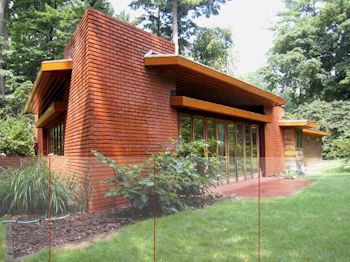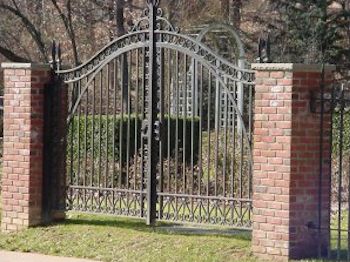
In 1895, the Borough of Glen Ridge was chartered as an independent town and was one of the first communities to utilize a professional town planner.
As a by-product of that planning, older portions of the Borough possess a museum quality having all the necessary elements of late Victorian and Edwardian "townscape".
In addition, three actions were taken which influenced the orderly development of Glen Ridge and resulted in a high quality of construction:
Glen Ridge began and grew to maturity during a period in which eclecticism was the predominant influence in American architecture. Homes here reflect all the major architectural styles from the mid-nineteenth century on.
The earliest were simple farmhouses, which have since been altered and/or enlarged. As the nineteenth century progressed, the towers and turrets of the "Carpenter Gothic" appeared as well as the stone and half-timbered wood and stucco manor houses of the Medieval. The High Victorian period gave Glen Ridge Italianate "villas" with bracketed eaves and some Second Empire mansard roofs and arched dormers. The "Queen Anne Cottage" and the "shingle style" are represented here and by the mid-1890's there was a surge of interest in the American Georgian of early Federal style.
Glen Ridge's architectural legacy includes buildings of outstanding design quality for their time, and famous architects have had their hands in the creation of this legacy. The most notable is the contemporary home designed by Frank Lloyd Wright. Three homes of an earlier generation are attributed to Stanford White and one Georgian home is the work of John Russell Pope.
In order to protect the architectural assets of the community, the Mayor and Council have created a Historic Preservation Commission. Construction which takes place in the Historic District and is visible from the street must be reviewed by the Historic Preservation Commission. For more information, call the Building Department at 973-748-8444.

